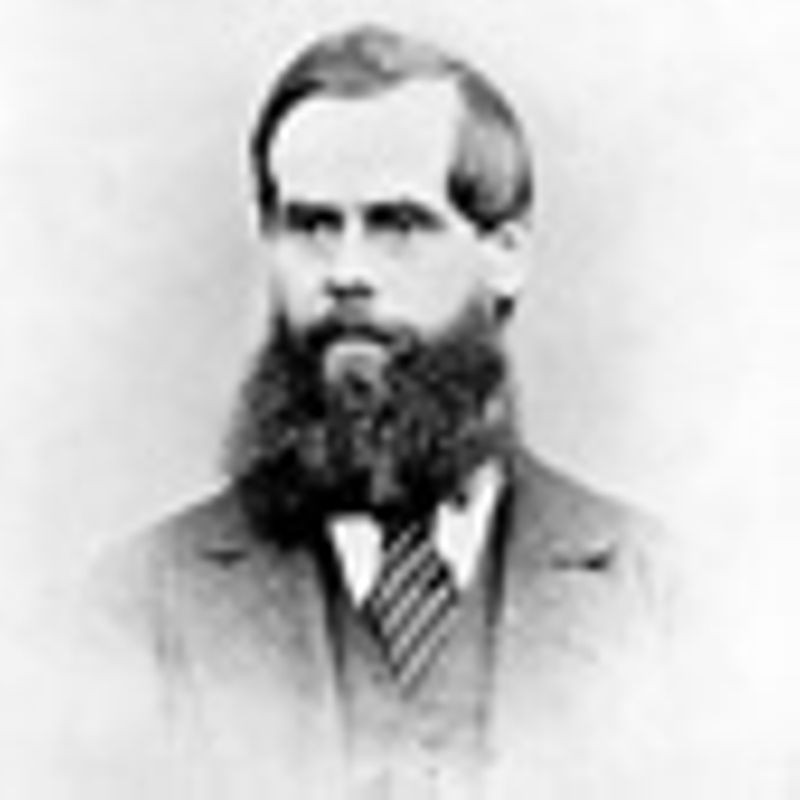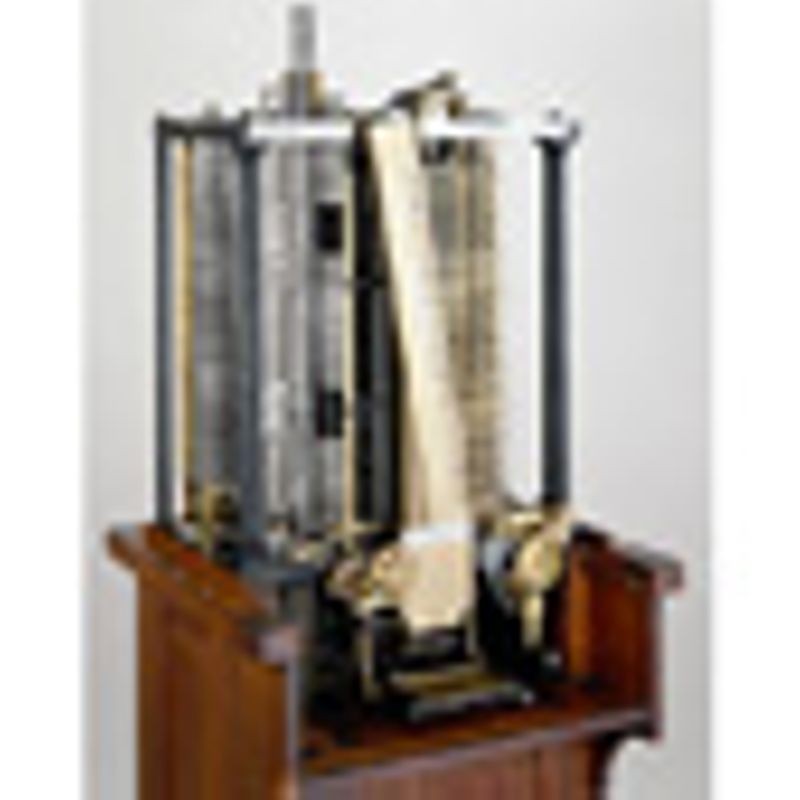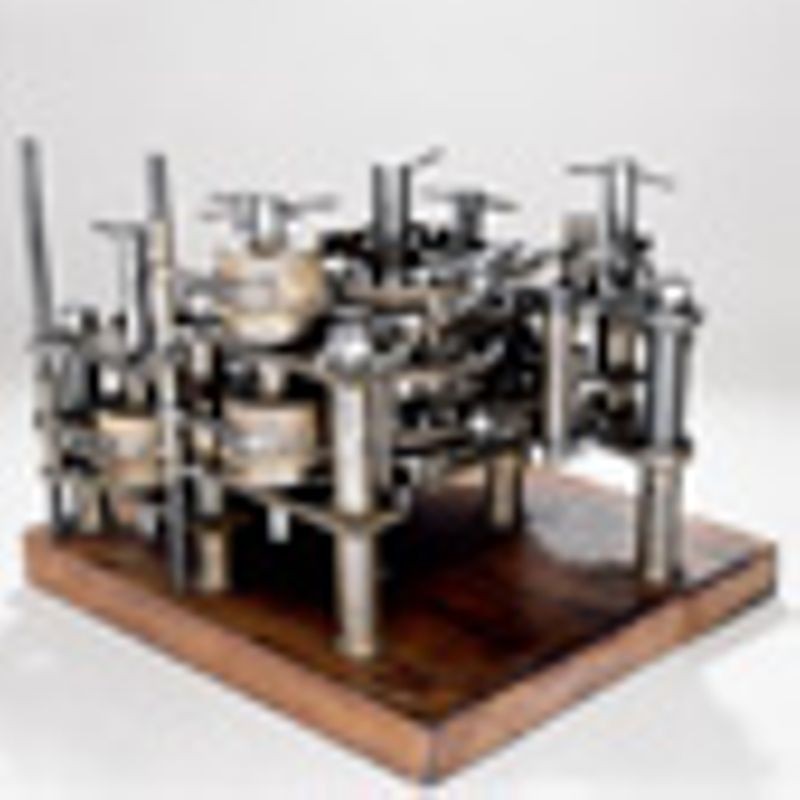Henry Prevost Babbage




I wished, if I could, to justify the confidence he [Babbage] had shown in me by embodying some of his ideas in metal. 1910
Henry Prevost Babbage (1824-1918) was Charles Babbage and Georgiana Whitmore's youngest son. As teenagers he and his brother Dugald spent time in Babbage's drawing office and workshop learning workshop skills. Henry later acquired a sound grasp of the Difference and Analytical Engine designs, and came to form a close bond with his father whom he visited on furlough from extended military service in India. Babbage bequeathed his drawings, workshop and the surviving physical relics of the engines to Henry who tried to continue his father's work and to publicize the engines after Babbage's death. He was at his father's bedside when Babbage died in 1871.
There is no continuous line of development from Babbage to the electronic era and Henry is one of the bridging figures. From 1872 Henry continued diligently with his father's work and then intermittently in retirement in 1875. He assembled about six small demonstration pieces for Difference Engine No. 1 one of which he sent to Harvard. In the 1930s the piece attracted the attention of Howard Aiken, pioneer of the Harvard Mk. I, a program-controlled calculator. Aiken wrote that on seeing the piece 'he felt that Babbage was addressing him personally from the past'. Henry also built an experimental four-function calculator for the Mill for the Analytical Engine, completing it in 1910 when he was eighty-six years old. His work on the engines was sound but without the boldness and inspiration of his father.


